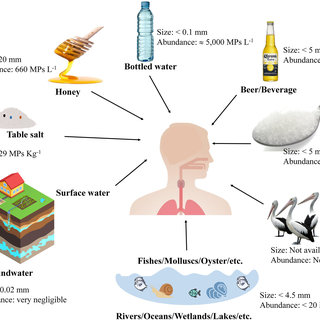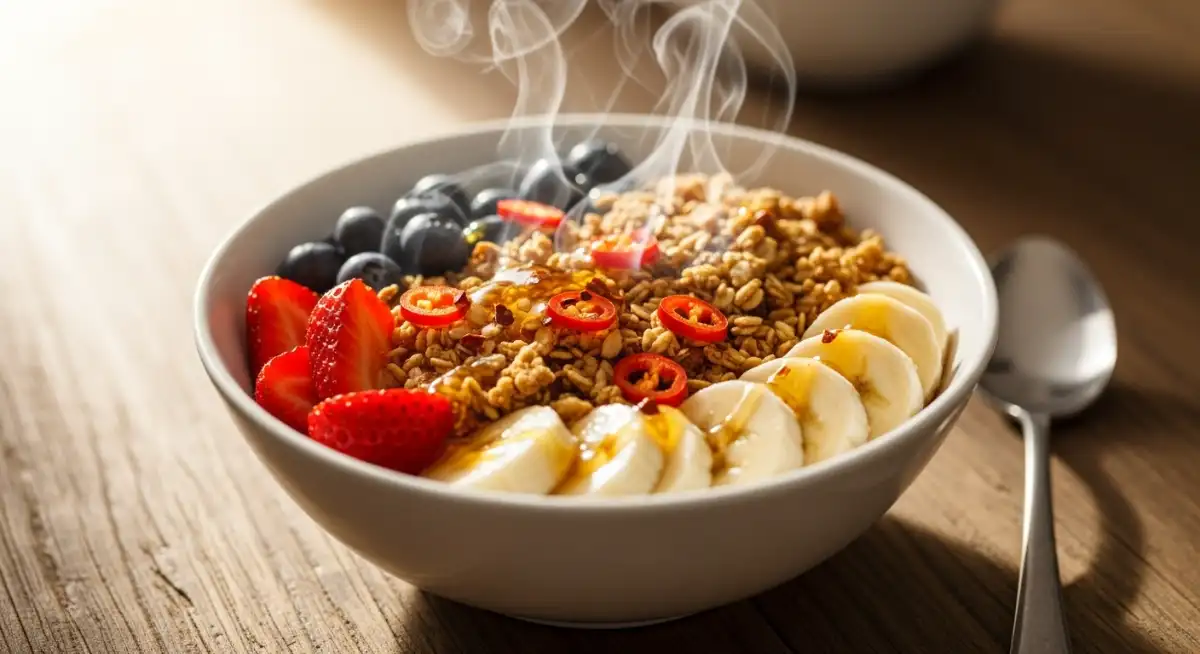Plastic is an artificial material that has been around for over a century. It was first invent in 1869 by a British chemist named Alexander Parkes. Parkes was trying to create a substitute for ivory, and he succeeded in creating a material that was strong, lightweight, and durable.
Plastic quickly became popular, and its use exploded in the 20th century. Plastic is use to make a wide variety of products, including bottles, bags, packaging, toys, and electronics.
In this article, we will explore the causes and consequences of plastic pollution, as well as potential solutions to mitigate this growing problem.
7 common types of plastic
Each type of plastic has its own unique properties and uses. For example, PET is often use for bottles and food packaging, HDPE is use for bottles and containers, PVC is use for pipes and siding, LDPE is use for bags and films, PP is use for bottles and containers, PS is use for foam and insulation, and other plastics are use for a variety of other purposes.
Polyethylene terephthalate (PET)

- A strong, lightweight plastic that is commonly use for beverage bottles, food packaging, and tote bags.
- It is also use to make polyester fibers, which are used in clothing, carpets, and other textiles.
- Examples: beverage bottles, food packaging, tote bags, polyester fibers
High-density polyethylene (HDPE)
- A more durable plastic than PET.
- It is commonly use for milk jugs, detergent bottles, and playground equipment.
- HDPE is also use to make plastic lumber, which is a recycled alternative to wood.
- Examples: milk jugs, detergent bottles, playground equipment, plastic lumber
Polyvinyl chloride (PVC)
- A versatile plastic that is commonly use for pipes, windows, and siding.
- It is also use to make food packaging, medical tubing, and credit cards.
- PVC is made from a combination of chlorine and petroleum, and it is not biodegradable.
- Examples: pipes, windows, siding, food packaging, medical tubing, credit cards
Low-density polyethylene (LDPE)
- A soft, flexible plastic that is commonly use for plastic bags, garbage bags, and food packaging.
- It is also use to make tubing, insulation, and floor coverings.
- LDPE is made from a combination of ethylene and propylene, and it is recyclable.
- Examples: plastic bags, garbage bags, food packaging, tubing, insulation, floor coverings
Polypropylene (PP)
- A strong, lightweight plastic that is commonly use for food packaging, bottle caps, and playground equipment.
- It is also use to make car parts, furniture, and electrical components.
- PP is made from a combination of ethylene and propylene, and it is recyclable.
- Examples: food packaging, bottle caps, playground equipment, car parts, furniture, electrical components
Polystyrene (PS)
- A lightweight, rigid plastic that is commonly use for disposable cups, food containers, and packing peanuts.
- It is also use to make insulation, foam boards, and toys.
- PS is make from a combination of styrene and ethylene, and it is not biodegradable.
- Examples: disposable cups, food containers, packing peanuts, insulation, foam boards, toys
Other plastics
- Include a variety of plastics that are not as common as the six types listed above.
- Some examples of other plastics include:
-
Polycarbonate:
A strong, transparent plastic that is commonly used for eyeglasses, lenses, and food containers.
-
Polylactide (PLA):
A biodegradable plastic that is commonly use for food packaging, utensils, and compostable cups.
- Acrylic: A transparent plastic that is commonly used for windows, signs, and lenses.
-
Acrylonitrile butadiene styrene (ABS):
A strong, durable plastic that is commonly used for toys, appliances, and car parts.
-
Styrene:
A clear, hard plastic that is commonly used for foam cups, insulation, and food packaging.
-
Fiberglass:
A strong, lightweight material that is commonly used for boat hulls, car parts, and insulation.
-
Nylon:
A strong, flexible plastic that is commonly used for ropes, fabrics, and gears.
-
It is important to be aware of the different types of plastic so that you can make informed decisions about how to dispose of them. Some plastics are recyclable, while others are not. It is also important to be aware of the environmental impact of plastics, as they can take hundreds of years to decompose.
What is plastic pollution?
Plastic pollution is the accumulation of plastic objects and particles in the environment that adversely affects humans, wildlife and their habitat. Plastics that act as pollutants are categorized by size into micro-, meso-, or macro debris. Plastics are inexpensive and durable, making them very adaptable for different uses; as a result, manufacturers choose to use plastic over other materials. However, the chemical structure of most plastics renders them resistant to many natural processes of degradation and as a result they are slow to degrade.
here are the effects of plastic pollution
Plastic pollution has emerged as one of the most pressing environmental challenges of our time. The widespread use of plastic in our daily lives, coupled with improper waste management practices, has resulted in a global crisis that poses significant threats to ecosystems, wildlife, and human health.
Harm to marine life:
- Plastic pollution is a major threat to marine life. Animals can become entangled in plastic debris, which can lead to injury or death.
- They can also ingest plastic, which can block their digestive systems and lead to starvation.
- Plastic pollution can also disrupt the food chain, as animals that eat plastic may be eaten by other animals, which can then ingest the plastic as well.
Harm to human health:
- When plastic breaks down, it releases harmful chemicals into the environment. These chemicals can contaminate food and water, and can also be inhaled or absorbed through the skin.
- Some of these chemicals have been linked to cancer, reproductive problems, and other health problems.
Damage to ecosystems:
- Plastic pollution can damage ecosystems by disrupting food chains and habitats.
- For example, plastic can block sunlight from reaching the ocean floor, which can harm coral reefs and other marine life.
- Plastic can also accumulate in landfills, where it can leach harmful chemicals into the soil and groundwater.
Economic costs:
- Plastic pollution can have a significant economic cost. It can cost money to clean up plastic pollution, and it can also damage tourism and fishing industries.
- For example, the tourism industry in the Caribbean Sea has been damaged by the presence of plastic pollution on beaches.
some facts about plastic pollution
- 8️⃣M+ tons of plastic waste enter the ocean every year 🌊🗑️
- ♻️Plastic pollution costs the global economy $8.8B per year 🌎💲
- Microplastics have been found in the food chain, from fish to humans 🐠🐟🐋🐬🐠🐟🐋🐬
- Plastic pollution is a major threat to marine life 🐋🐬🐠🐟
- Plastic pollution is a major threat to human health 👨👩👦👦
These facts are all important to know about plastic pollution. They help to illustrate the scale of the problem and the potential consequences of inaction. By sharing these facts, we can help to raise awareness of plastic pollution and encourage people to take action to reduce their own plastic footprint.
Here are some things that you can do to help reduce plastic pollution:
Bring your own reusable bags when you go shopping.
Say no to plastic straws.
Ask for a paper straw instead, or bring your own reusable straw.
Use a reusable water bottle instead of buying bottled water.

Bring your own coffee mug when you go to a coffee shop.
Avoid buying food that is packaged in single-use plastics.
Compost food scraps instead of throwing them away.
Recycle plastic whenever possible.
Reusable container Use when you bring your lunch to work or school.
Use cloth napkins instead of paper napkins.

Use reusable utensils instead of disposable utensils.
Buy in bulk whenever possible. This will help you to reduce the amount of packaging waste that you produce.
Choose products that are made from recycle materials. This will help to reduce the demand for new plastic.
Check with your local recycling center to see what types of plastics they accept.

Rinse out plastic containers before recycling them.
Flatten plastic bags before recycling them.
Look for businesses that use recycled materials.
Choose businesses that offer discounts for bringing your own reusable bags.

Support businesses that are working to reduce their plastic footprint.

Volunteer for a cleanup effort.
There are many organizations that organize beach cleanups and other events to remove plastic pollution from the environment. You can find a cleanup near you by searching online or contacting your local environmental organization.

Contact your elected officials about the issue of plastic pollution.
Let your elected officials know that you care about the issue of plastic pollution and that you want them to take action to reduce it. You can contact your elected officials by phone, email, or letter.
Start your own campaign to raise awareness about plastic pollution.
You can start a campaign to raise awareness about plastic pollution by writing a blog post, creating a social media campaign, or organizing a community event.


























